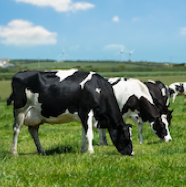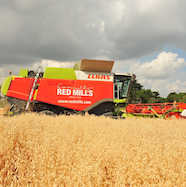How to Transition Beef Cattle to Autumn/Winter Feeding Programme
Review the Forage quality in lead up to Autumn/Winter
Animals on grass from late summer until mid-September should be achieving a weight gain per day of 1.0 kg on a sole grass-based diet. However, this may not be the case across all Irish farms as forage offered may not be high in quality. As a result, live weight gain compromised.
Know your Animal and the Quality of Grass for Weight Gain Targets
The objective should be to provide leafy grass in front of beef animals to reach target daily gain and achieve target weights before housing in early November. Knowing your market in terms of breed, sex of the animal and carcass weight required will influence your profitability performance, and targets must be set to achieve your goal as autumn approaches.
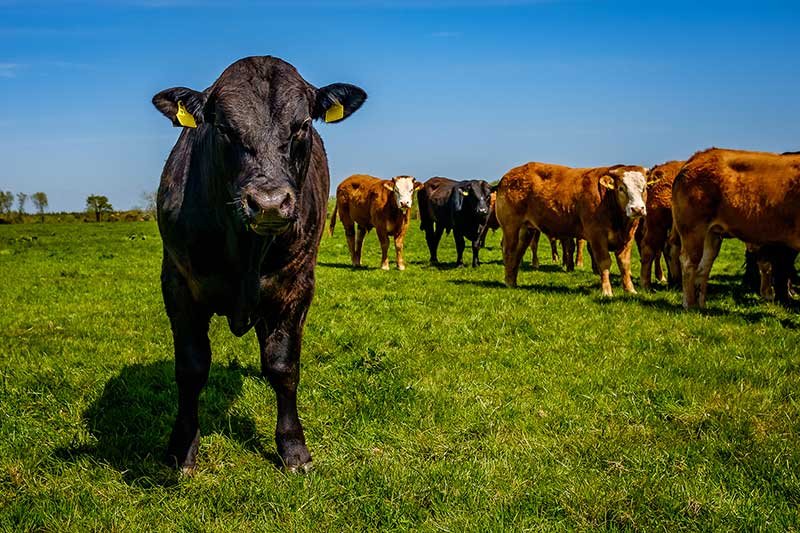
Do Assess Supplementary Cattle Feed Requirements to combat any shortages in Forage
The grass quality and growth will dictate the level of supplementation required to achieve those objectives. As grass growth declines in autumn, it is important to bring supplementation into the total diet of the beef animal – particularly if these cattle are being prepared for sale i.e. finishing cattle or weanlings.
Beef Weanlings will require a balance of concentrate feeds for growth
Spring and autumn born calves from the suckler herd should be offered supplementary feed 4-6 weeks prior to being weaned and should be consuming up to 1 kilogram of concentrates at weaning.
Higher levels of meal are justified for high quality bull weanlings, particularly if grass is limited or is not of high quality. It is best to offer a maximum of 1 kilogram of concentrates for weanlings at grass, as increasing the amount above this will lead to a reduction in forage intake, while increasing live weight and carcase gains at a progressively diminishing rate.
Regular Worming and Well-Ventilated Housing supports Weanlings’ transition.
It is also important to make sure that young weanlings are not stressed around time of weaning. They should have had regular dosing for worms, and housing facilities should be well ventilated for risk of pneumonia in autumn at housing.
Adding Concentrate for Beef Cattle is key to Growth for Winter
The easiest and most simplistic way of supplementing beef cattle is offering concentrates – whether it is indoors or outdoors. If you decide to keep weanlings, it is important to set targets – a live weight gain of 0.5-0.6 kg/day is acceptable for the first winter.
View our Feeding Guidelines for Beef Cattle for Silage and Concentrates:
Depending on the quality of grass silage a 15 or 16% crude protein coarse ration or concentrate may need to be offered as per table below:
| Grass Silage DMD (%) | 60 | 65 | 70 | 75 |
| Weanlings | 2.0 - 3.0 | 1.5 - 2.0 | 1.0 - 1.5 | 0 - 1.0 |
| Finishing Steers | 7.0 - 8.0 | 5.5 - 6.5 | 4.0 - 5.0 |
Balanced nutrition from concentrates for your beef cattle is important for optimal weight gain.
Ingredients in concentrate type must be cereal based such as maize, barley or wheat to achieve good carcass weight gain and feed conversion efficiency. All rations and concentrates for beef cattle must be balanced for protein, energy, fibre and minerals. When considering individual ingredients in a coarse ration or concentrate, the key consideration is that net energy and protein level are matched to a particular range of animal. This should be gauged against expected daily intake, weight gain and conformation of the animal.
The feed efficiency of finishing cattle depends on weight of the animal, potential of carcass growth and duration of feeding period. When cattle are housed for finishing it is important to provide additional supplementation together with grass silage.
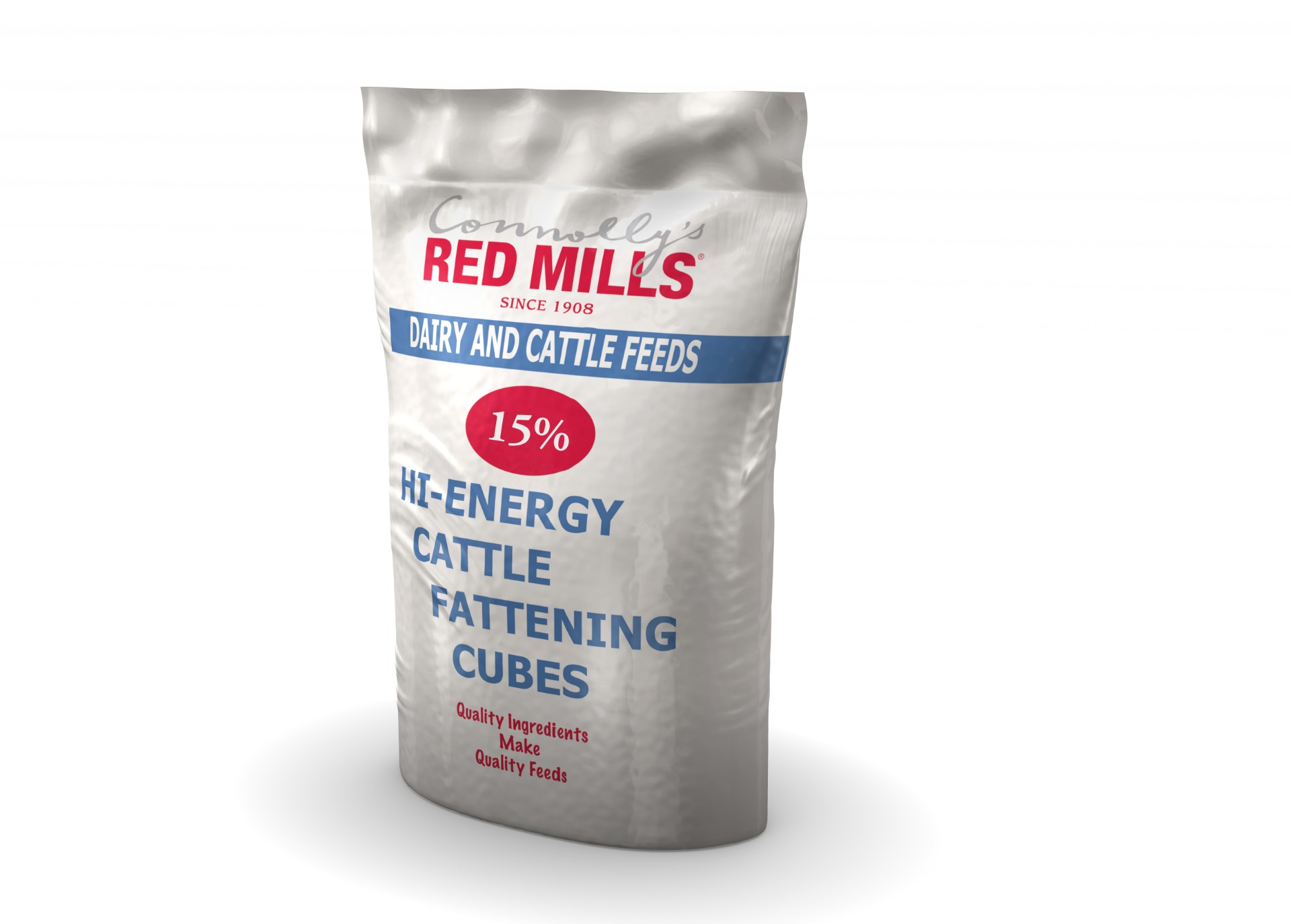
Key Cattle Mineral Supplements are another consideration for Wellbeing in Winter
Careful attention must be directed towards cattle mineral supplements for all types of cattle in particular minerals for basic functions such as Calcium, Phosphorus and Sodium together for production of salvia for buffer capacity to reduce risk of potential cattle acidosis outbreak.
Gradual adaptions in Feeding Programmes are needed for Rumen Health for successful transition.
If the decision is made to feed concentrates ad-libitum it is important to ensure gradual adaption of concentrates, minimum roughage inclusion to have correct rumen function, sufficient clean fresh water and always having constant feed in front of animals at all times.
There are a range of concentrates or coarse rations available from Connolly’s RED MILLS and careful selection must be chosen to the animal intended for feeding to get best results, please seek advice nutritional advice. There is a wide selection of beef feeds available from Connolly Red Mills with a high proportion of maize and barley to include 14% Early Beef Cubes, 15% Hi Energy Fattening Cube, 15% Bull Beef Mix, and 16% Prime Beef Cubes.
For further information contact the RED MILLS nutrition team.
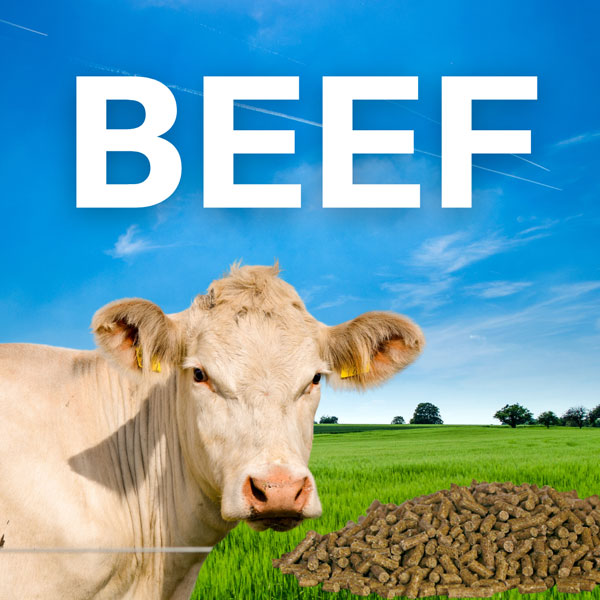
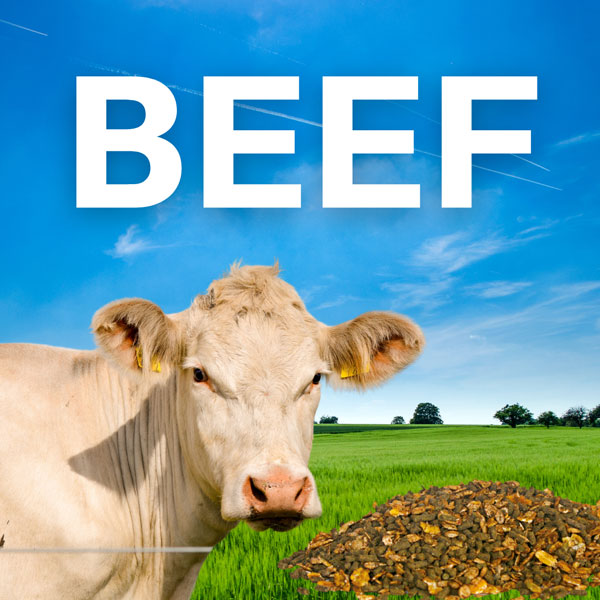
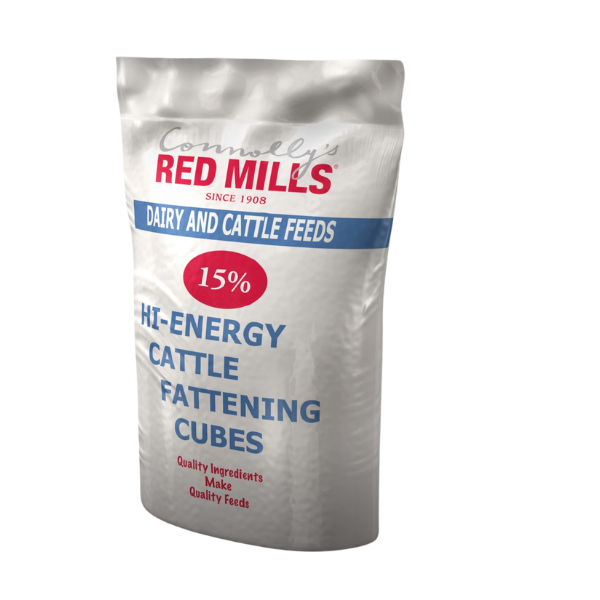
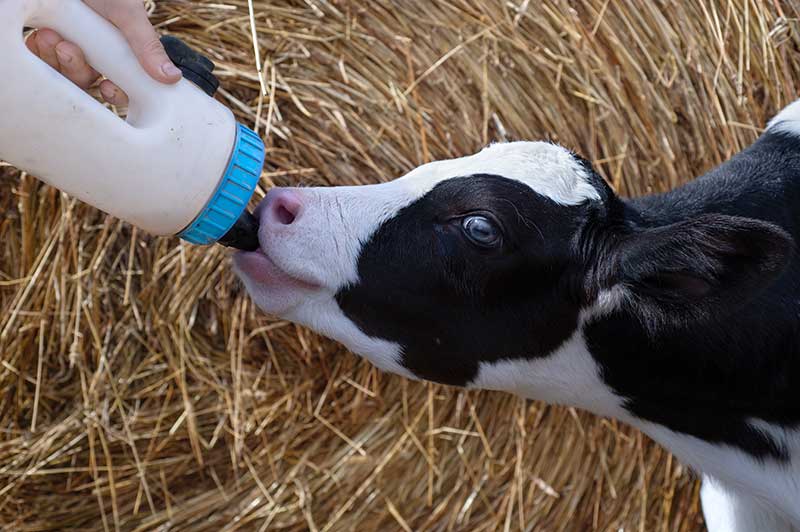
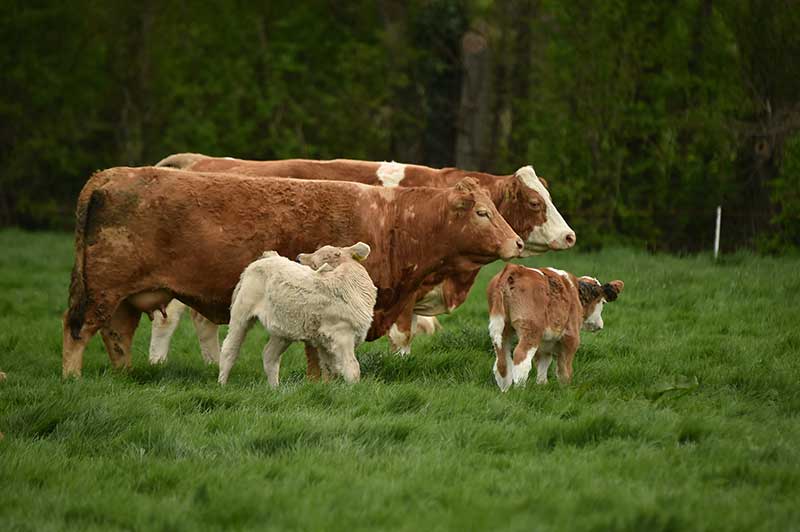
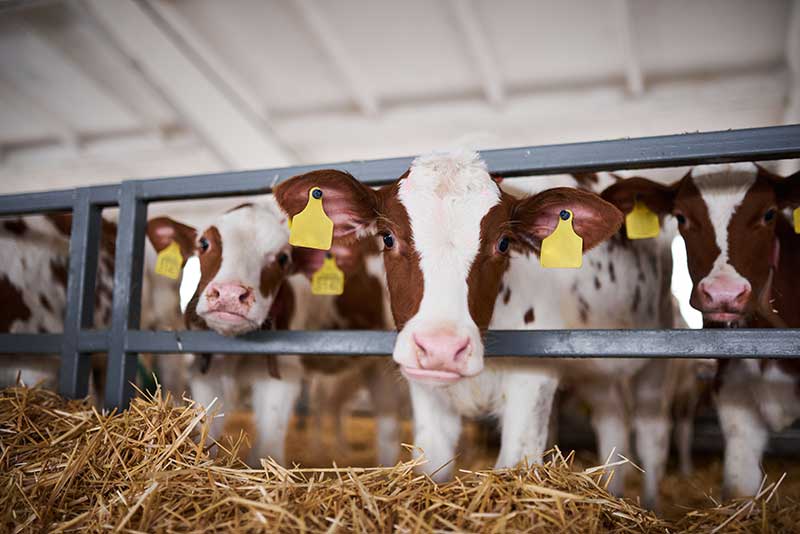
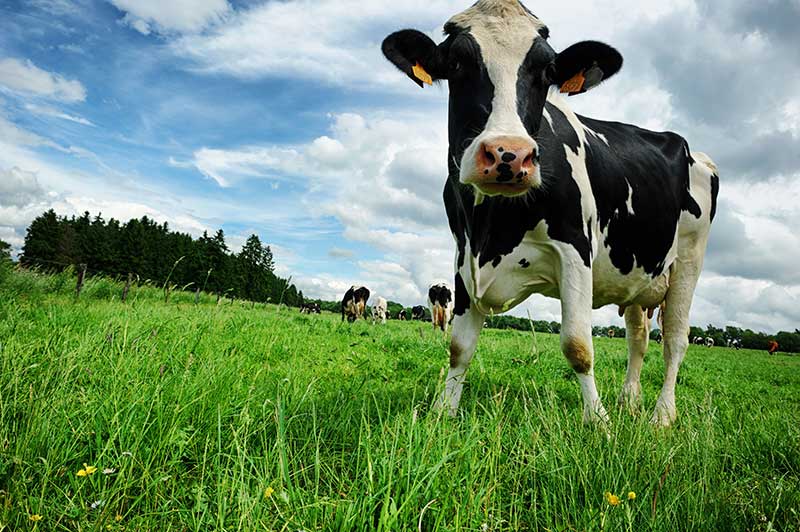


 05
05
